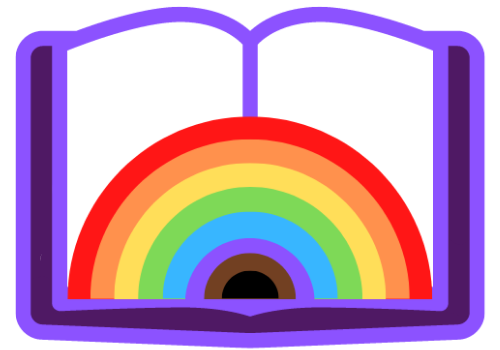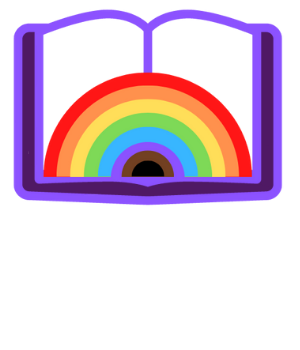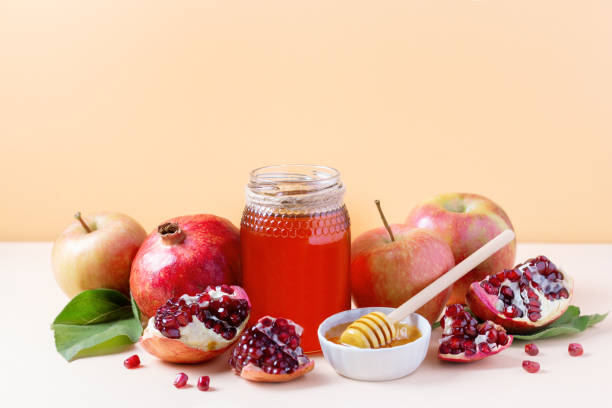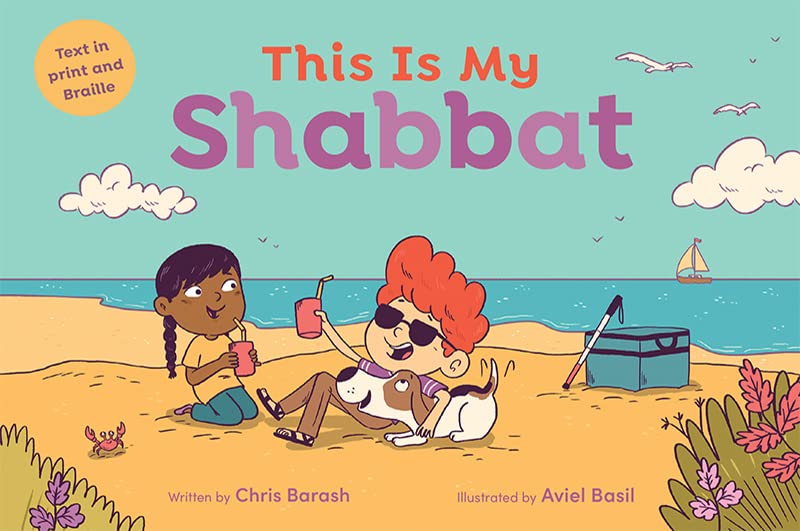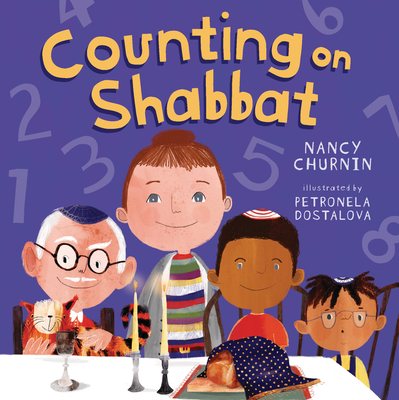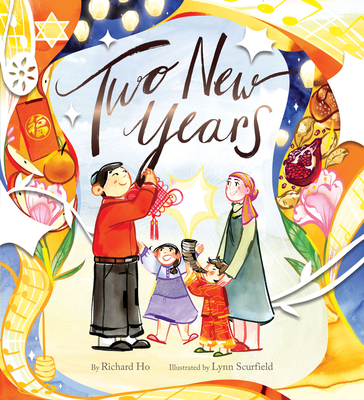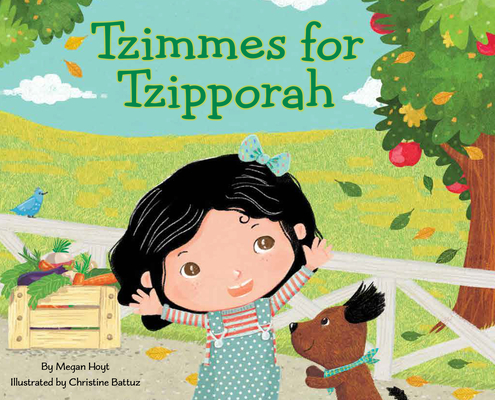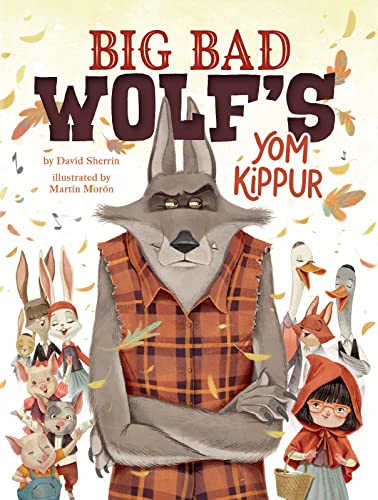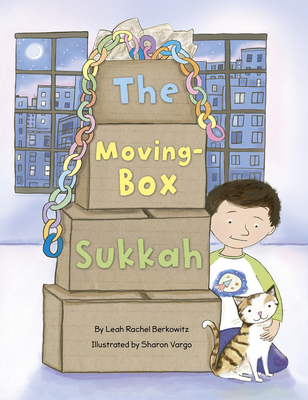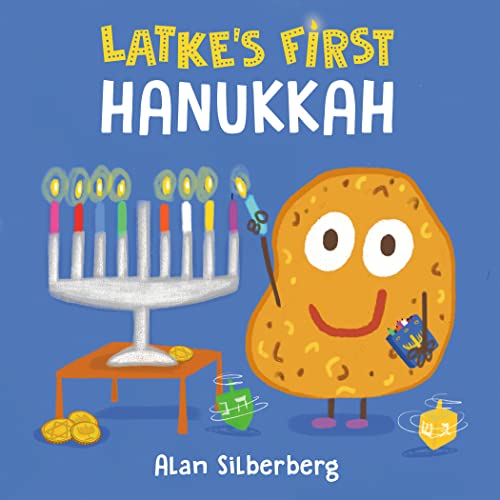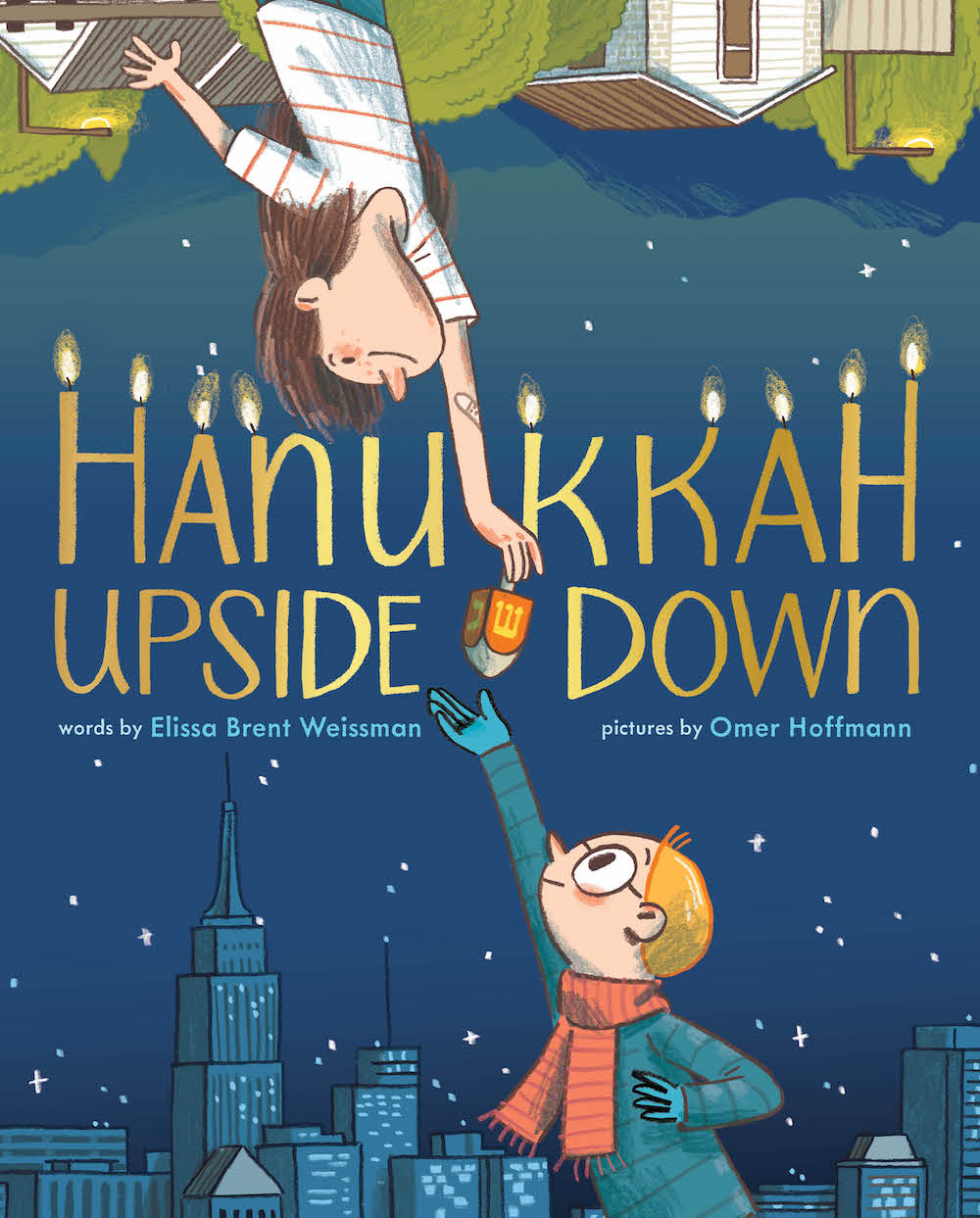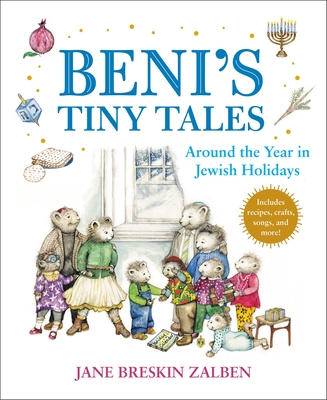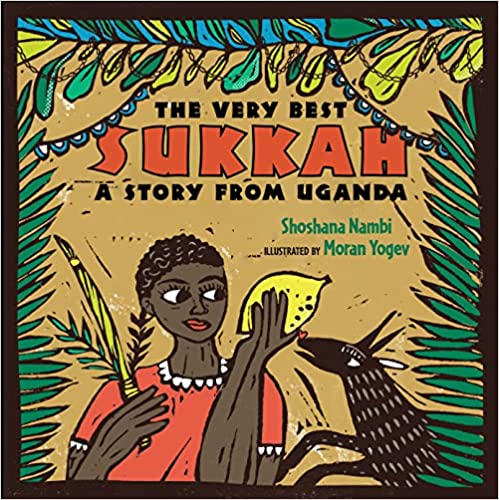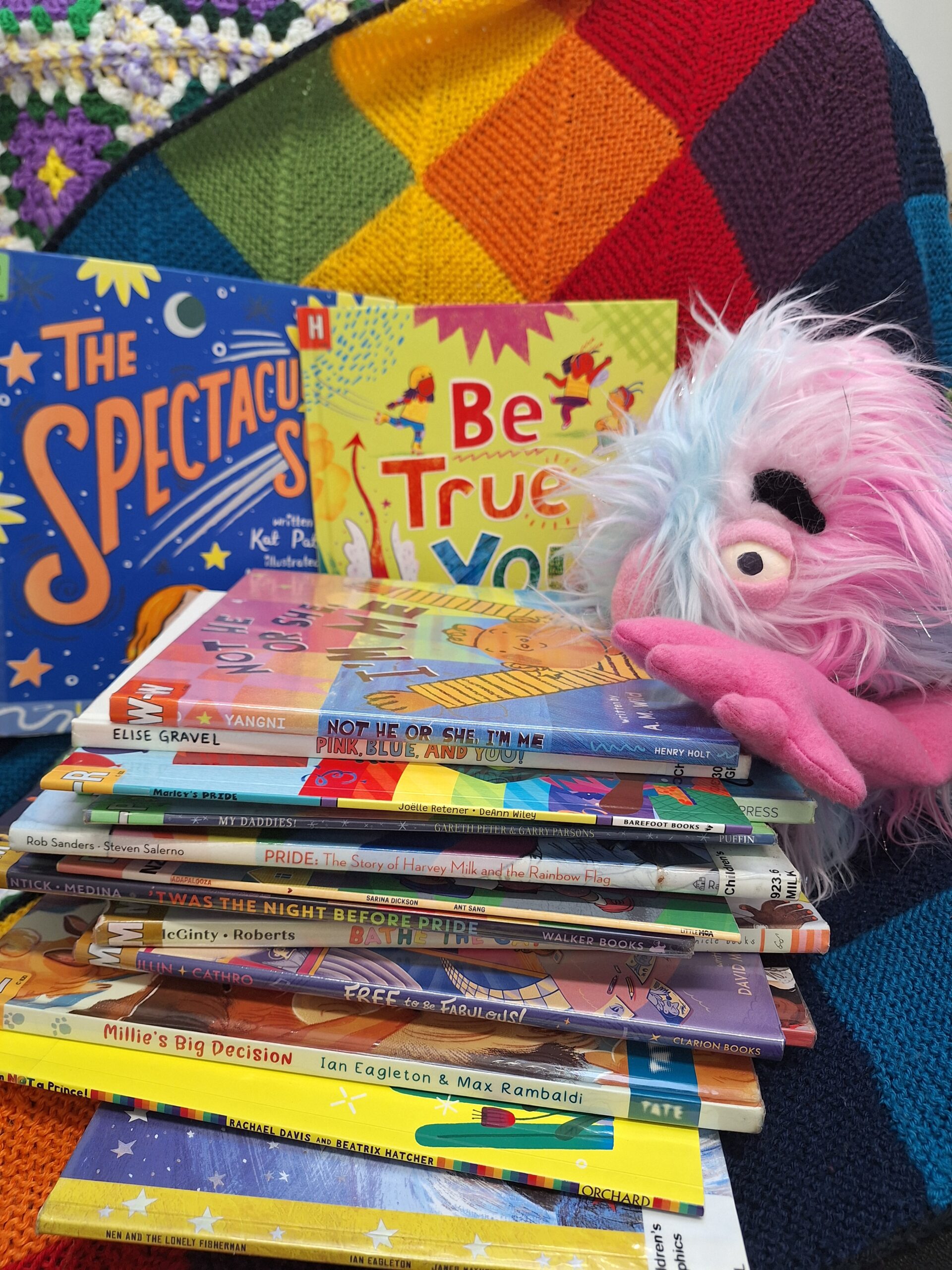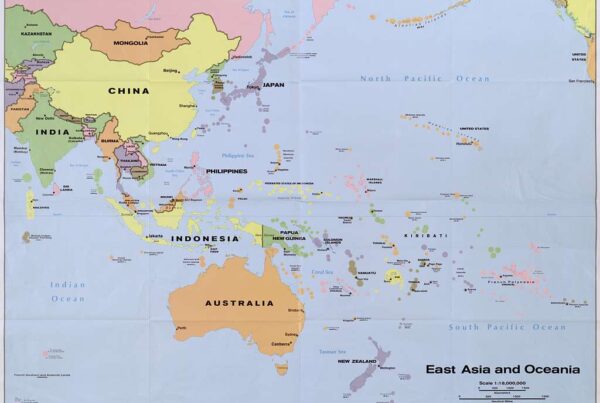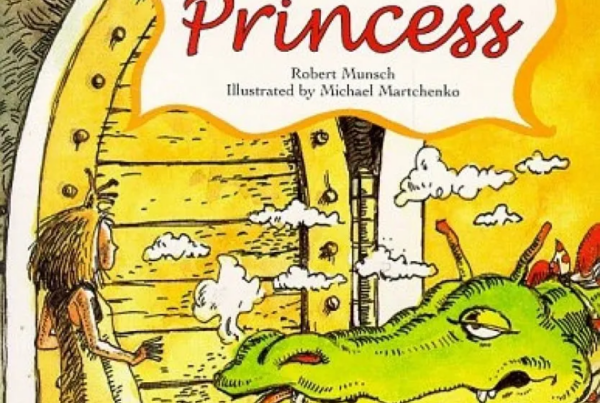A Note From Ms. Kate (The Lavender Librarian)
In Solidarity,
Ms. Kate (The Lavender Librarian)
Creator and Director, Storytime Solidarity
This is part of Storytime Solidarity’s representation matters series. If you are reading this and would like to contribute please contact the team at Storytime Solidarity. We love collaborations and are always working to further diversify!
Holiday Highlights: The Best Kidlit About Jewish Holidays
By Heidi Rabinowitz, DEI Consultant, Storytime Solidarity
Walk into a library or bookstore late in the year and you’re likely to find a big display of children’s holiday books. There will be lots of brand new, shiny Christmas stories: funny books about Santa Claus, serious books about the three wise men, and everything in between. And then, at the edge of the display, you might find, if you’re lucky, a few tired old books about Hanukkah.
It doesn’t have to be this way. New books about Hanukkah and other Jewish holidays are published every year. However, many librarians and booksellers don’t hear about these books, or don’t know how to judge which are worth including in their limited budgets.
Enter AJL’s Holiday Highlights! The Association of Jewish Libraries publishes a twice-yearly seasonal list of the best new children’s books about Jewish holidays to help libraries, bookstores, journalists, bloggers, and shoppers learn about children’s books that exemplify the highest standards of authentic Jewish representation and holiday spirit in both writing and illustration.
The Holiday Highlights committee is composed of children’s literature experts who select the very best of the numerous Hanukkah and Passover books published each year, and ferret out the titles on Jewish holidays that get less attention from publishers, like Sukkot and Purim. These Spring and Fall annual lists showcase brand new books to help users find out what hot books are for sale at that very moment. Resulting increased sales can help boost publishers’ motivation to create more Jewish holiday books in the future, while readers get exposure to exciting, modern, diverse stories. It’s a win-win!
Holiday Highlights titles are, of course, marvelous mirrors for Jewish readers. They make wonderful windows for non-Jewish readers too, demystifying Jewish culture in entertaining, engaging ways. These books bring Jewish representation up to date; along with traditional stories set in “the old country,” we get books about Jews of color, Jews from around the world, contemporary celebrations, fantasy, arts & crafts. We get everything from board books for babies to rom-coms for teens.
Let’s take a look at the most recent Fall 2023 Holiday Highlights list, published on August 10, 2023. It includes board books and picture books on Rosh Hashanah, Yom Kippur, Sukkot, Hanukkah, Shabbat, and one compilation of stories, crafts, and recipes for the whole year. There’s a story about a blind child enjoying Shabbat on the beach with his family; a story about a Chinese Jewish family who celebrate both Rosh Hashanah and Lunar New Year; a story about cousins in New York and New Zealand comparing their Hanukkah experiences. A fractured fairy tale has the Big Bad Wolf learning to turn over a new leaf on Yom Kippur. We see a single parent family celebrating Sukkot in an urban setting, Jewish farmers digging up root vegetables to prepare a Rosh Hashanah feast, a multiracial family lighting Shabbat candles, and a hilarious talking Hanukkah latke (potato pancake). These tales are a far cry from the shtetl stories or simple surveys of holiday symbols in the Jewish holiday books of yore.
The Holiday Highlights lists are a tool created just for you! Please use them to enhance the Jewish representation in your collection, whether that’s in a library, a school, a bookstore, or at home. If you’re curious about how the project began, you can listen to this April 2022 episode of The Book of Life Podcast, in which Heidi Rabinowitz (that’s me) and Susan Kusel relate the origin story. Happy Holidays and happy reading!
Shabbat
- THIS IS MY SHABBAT by Chris Baraah and Aviel Basil.
- COUNTING ON SHABBAT by Nancy Churnin and Petronela Dostalova.
Rosh Hashanah
- TWO NEW YEARS by Richard Ho and Lynn Scurfield.
- TZIMMES FOR TZIPPORAH by Megan Hoyt and Christine Battuz.
Yom Kippur
- BIG BAD WOLF’S YOM KIPPUR by David Sherrin and Martin Morón.
Sukkot
- THE MOVING-BOX SUKKAH by Leah Rachel Berkowitz and Sharon Vargo.
- Heidi also recommends: THE VERY BEST SUKKAH: A STORY FROM UGANDA by Shoshana Nambi and Moran Yogev.
Hanukkah
- LATKE’S FIRST HANUKKAH by Alan Silberberg.
- HANUKKAH UPSIDE DOWN by Elissa Brent Weissman and Omer Hoffmann.
Year Round
- BENI’S TINY TALES: AROUND THE YEAR IN JEWISH HOLIDAYS by Jane Breskin Zalben.
A Note From Erika Grumet,
Solidarity Team Member
As a kid, Rosh Hashanah, with its proximity to the start of school, always felt like more of a time for new beginnings than January 1. It meant new “party shoes”-a pair of black patent leather Mary Janes to be worn on special days until white ones were purchased in the spring and new party dresses for autumn and winter.
Grandpa, Dad and uncles would take us to childrens’ services at my grandparents’ synagogue while the women prepared a special meal to celebrate. family gatherings to celebrate, too. All of the usual holiday foods, joined by apples and honey.
Ten days later, Yom Kippur, there was always tomato juice, too, to break the fast for people who had fasted that year. I remember how proud I was, too, when I finally was able to make it through the entire traditional twenty five hour fast without any food or water. I tried drinking the tomato juice that first year. Many years later and I still hate tomato juice.
A new year and a fresh start are lovely, but I’ve come to appreciate the rituals around forgiveness and how closely tied into the fresh start brought by a new year. We spend the ten days (sometimes called the Days of Awe) between Rosh Hashanah (the new year) and Yom Kippur (the day of atonement) focused on making things right with those who we’ve hurt in the past year.
When we were all tweens, my siblings and I would declare a sort of amnesty among ourselves during the Days of Awe. We knew we were supposed to apologize sincerely and accept responsibility for our transgressions, but who can remember every sibling squabble in a whole year? So, instead, we declared amnesty, apologized and talked about how we could get along better.
I won’t say those goals lasted, but we did come away from it with an understanding of what a sincere apology needs to have–accepting responsibility, contrition and a statement of what you’ll do better in the future. We talked a lot about empathy on Yom Kippur, and not eating in front of the family members who were fasting.
But for children, who are often very concrete thinkers, I think one of the most meaningful rituals is taschlich or “casting off.” On Rosh Hashanah, we stand by the water (ideally a free flowing body of water with fish) and “empty our pockets,” casting off our transgressions from the previous year.
Many times this is symbolized by tossing bits of bread into the water, which the fish can then eat. This ritual is one that my own children count as a favorite–when they were very young, they talked only about the ducks and the fish.
As they’ve grown, they’ve come to understand the importance of an apology, and the importance of forgiveness. Not just of forgiving others, but of forgiving yourself for making mistakes, and giving yourself a chance for a fresh start. What a gift that is, to be able to begin a new year with that.
A Note From Ms. Rosie Camargo
It is incredible to know that Judaism is a faith that can cross into other cultures. I did not know why as a child I felt a close connection to Judaism but as I grew older I learned so much about Colombia and the country’s loyalty to the Jewish community.
When I was older my mom told me that as a child my babysitters were Jewish-Colombian families. Jews come in all colors and we need our books to reflect that.
We need our latino-Jews to see their skin tones, faiths, traditions reflected on the page. The community is represented by the Confederación de Comunidades Judías de Colombia (CCJC), the Colombian affiliate of the World Jewish Congress.
When I visited the Holocaust Museum in Washington D.C. I learned that Colombia received the largest number of Jewish refugees during WWII compared to other countries. “As of the 21st century, approximately 8,000 practicing Jews live in Colombia. Most of them are concentrated in Bogotá, with about 3,500 members, and Cali, with about 1,000 members.(wikipedia)”
ESPANOL:
Es increíble saber que el judaísmo es una fe que puede traspasar a otras culturas. No sabía por qué cuando era niño sentía una conexión cercana con el judaísmo, pero a medida que crecí aprendí mucho sobre Colombia y la lealtad del país hacia la comunidad judía.
Cuando era mayor mi mamá me dijo que cuando era niña mis niñeras eran familias judías colombianas. Los judíos son de todos los colores y necesitamos que nuestros libros reflejen eso.
Necesitamos que nuestros judíos latinos vean sus tonos de piel, creencias y tradiciones reflejadas en la página. La comunidad está representada por la Confederación de Comunidades Judías de Colombia (CCJC), la filial colombiana del Congreso Judío Mundial.
Cuando visité el Museo del Holocausto en Washington D.C. me enteré de que Colombia recibió la mayor cantidad de refugiados judíos durante la Segunda Guerra Mundial en comparación con otros países. “A partir del siglo XXI, aproximadamente 8.000 judíos practicantes viven en Colombia. La mayoría de ellos se concentran en Bogotá, con unos 3.500 afiliados, y Cali, con unos 1.000 afiliados. (wikipedia).”
In Solidarity,
Ms. Rosie
